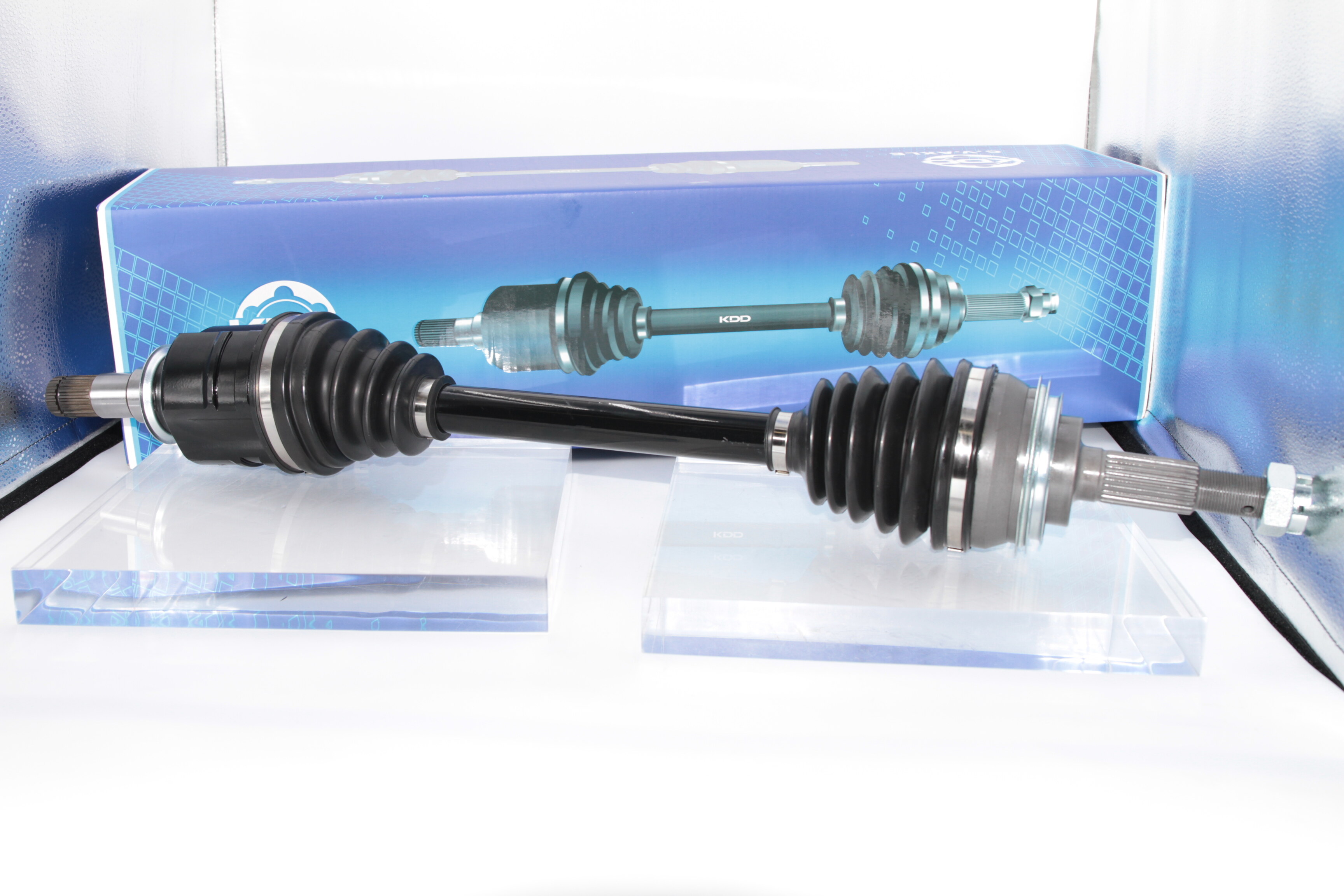Email format error
Email cannot be empty
Email already exists
6-20 characters(letters plus numbers only)
The password is inconsistent
Email format error
Email cannot be empty
Email does not exist
6-20 characters(letters plus numbers only)
The password is inconsistent


How Does a Car Drive Shaft Work?
The drive shaft is a critical component of a vehicle’s drivetrain system, responsible for transferring power from the engine to the wheels. Understanding how the drive shaft works is essential for comprehending the mechanics behind a car’s propulsion. In this blog, we will delve into the intricacies of a car drive shaft, exploring its function, components, and importance in ensuring a smooth and efficient driving experience.
What is a Drive Shaft?
A drive shaft, also known as a propeller shaft, is a mechanical component that connects the engine to the wheels, transmitting torque and rotational power. It is typically a hollow, cylindrical tube made of steel or aluminum, designed to withstand high levels of stress and torsion.
Components of a Drive Shaft:
a) Shaft Tube: The main body of the drive shaft, usually made of steel or aluminum, provides structural integrity and houses the other components.
b) Universal Joints: These joints, located at each end of the drive shaft, allow for flexibility and compensate for the misalignment between the transmission and the wheels.
c) Slip Yoke: The slip yoke is a splined component that connects the drive shaft to the transmission, allowing for the expansion and contraction of the shaft as the vehicle moves.
d) Center Support Bearing: In longer drive shafts, a center support bearing is used to provide additional support and reduce vibrations.
How Does It Work?
The drive shaft works by transmitting torque from the engine to the wheels, enabling the vehicle to move forward. Here’s a step-by-step breakdown of its operation:
a) Power Generation: The engine generates power by burning fuel, converting it into rotational energy.
b) Transmission of Power: The engine’s rotational energy is transferred to the transmission, which adjusts the torque and speed according to the driver’s input.
c) Drive Shaft Engagement: The drive shaft connects to the transmission through the slip yoke, allowing it to receive the rotational power.
d) Torque Transfer: As the engine rotates, the drive shaft transmits the torque to the wheels through the universal joints, which accommodate the up and down movement of the suspension.
e) Wheel Propulsion: The torque received by the wheels propels the vehicle forward, allowing it to move efficiently.
Conclusion:
The drive shaft is a vital component in a vehicle’s drivetrain system, responsible for transferring power from the engine to the wheels. By understanding its function and mechanics, we gain insight into how a car propels itself forward. Proper maintenance and regular inspections of the drive shaft are crucial to ensure optimal performance and prevent any potential issues that may arise.
As a trusted supplier in the automotive industry, we offer a wide range of high-quality drive shafts and related components. Our products are designed to meet the specific requirements of various vehicle models, ensuring durability and reliability. Contact us today to explore our comprehensive range of drive shafts and enhance your vehicle’s performance and efficiency.


